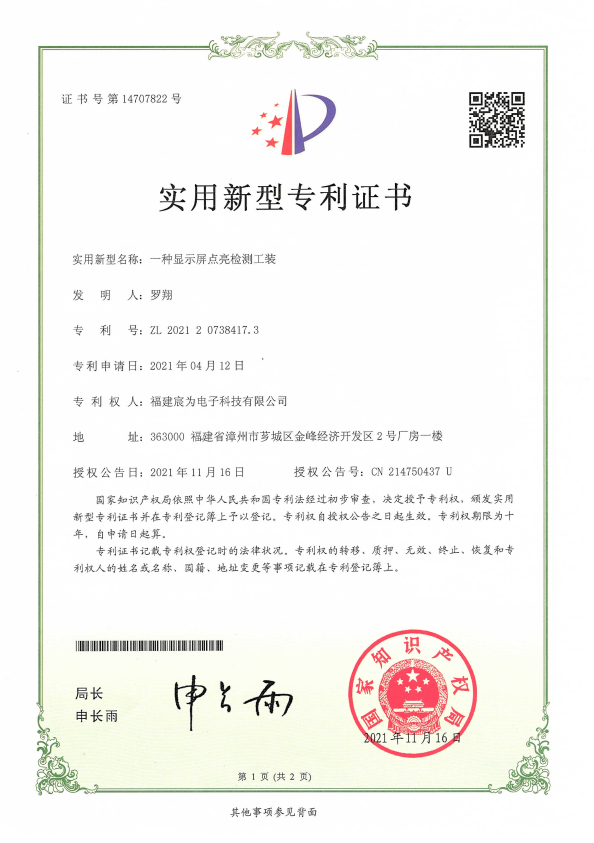An LCD consists of two polarizing filters that are perpendicular to each other, so under normal circumstances, all light trying to penetrate should be blocked. But because of the deformation of the liquid crystal between the two filters, the light is altered 90 degrees by the liquid crystal molecules after passing through the first filter and eventually through the second filter. If, on the other hand, a voltage is applied to the liquid crystal, the molecules will be placed perfectly parallel from the start so that the light does not change and will therefore be blocked by the second filter. In short, resistance light, without electricity will emit light. Of course, the position of the LCD in the LCD can also become bright when powered on and blocked when not powered on. But because LCDS are almost always on, only "power" blocks the light.
Under the action of electric field, the alignment direction of liquid crystal molecules changes, thus changing (modulating) the transmittance of the external light source and completing the electro-optical conversion. Then, using the different excitation of R-GrectorB three primary color signals, through the three main color filters of red, green and blue, to complete the space-time color reproduction different from the CRT color tube. It uses digital addressing and digital signal excitation to reproduce the image.
So to test the LCD light is particularly important, before laminating LCD and touch screen is also in this program, whether or not the rapid detection of liquid crystal display work properly is a very important content, research and development of liquid crystal display light detection tools, can very good help us improve this one, make the product production process can be more fluent, reduce the defective rate of the products.



